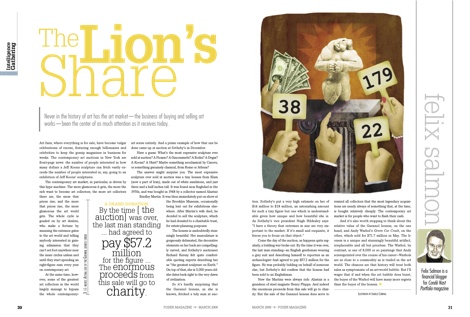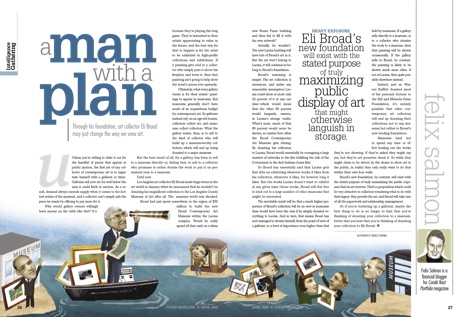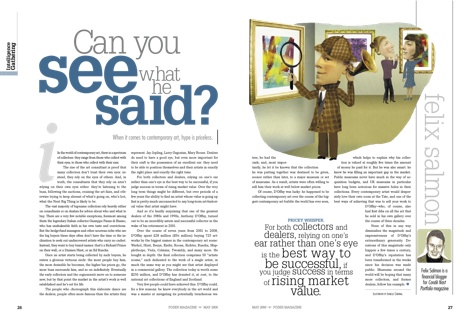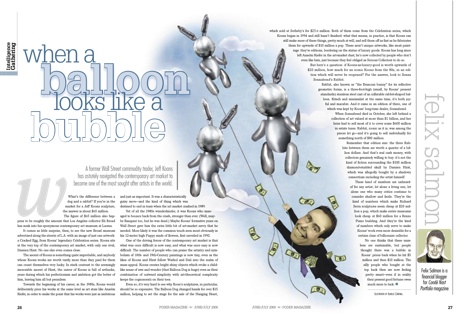Oh, look! Another article filled with counterfeiting statistics! This one’s from Bloomberg, it’s 1,300 words long, and is the work of four journalists (Allan Dodds Frank, Jaime Hellman, Elizabeth Lopatto, and Wendy Soong) as well as four editors (Michael Waldholz, Jeffrey Tannenbaum, Antony Michels, and Karin Annus). Did it occur to any of these people to treat the numbers they were given with a little bit of skepticism? Of course not. Instead, as is SOP in such stories, everything is painted in the most alarming possible manner.
New York-based Pfizer, the world’s largest drug-maker, estimates it may be losing sales of $2 billion a year in Viagra alone, given how much of the drug’s active ingredient is produced in India and shipped abroad, says Rubie Mages, a company director of global anti-counterfeiting. Sales of the impotence drug in 2007 totaled $1.8 billion.
Let’s accept, for the sake of argument, that total shipments (by volume) of counterfeit Viagra are roughly equal to shipments of the real thing. (It’s worth noting here that counterfeit Viagra pills are often what the article calls "chemically identical duplicates created by manufacturers in China and India and shipped to the U.S. or Europe in violation of patent laws": they do the same thing, but the proceeds don’t flow to Pfizer.)
Now what do you suppose the chances are that someone ordering Viagra on the internet would, if that channel were shut down, instead go to his doctor and get a prescription for the legitimate, full-price version? If you say 100%, then give yourself a gold star: you’re well qualified to become a statistician for Pfizer.
And of course the size of the counterfeit drug market is always equal to the amount that the same quantity of legitimate drugs would sell for if sold at full price: as everybody knows, there’s never any discounting done on the internet.
Seizures of bogus prescription medicines jumped 24 percent to 1,513 incidents in 2007… The $3 billion in counterfeit drugs seized include generic copies that violate patent laws…
Do the math: that’s $2 million per seizure. Somehow I doubt that the average shipment of counterfeit drugs is really worth $2 million: that would be too risky for the largely small-time operators who deal in such things. But if you value the fakes as though they’re real, then it’s much easier to come up with such numbers.
Remember that it’s the heavily-discounted drugs which are the most common in the counterfeiting trade, not the ones which attempt to pass themselves off as the real thing and sell at full price:
Pfizer’s Mages says Viagra remains the world’s most- counterfeited drug and accounted by volume for almost three- quarters of the illicit copies of Pfizer brands seized last year in 45 countries.
But with no one checking the math, no one will object to enormous numbers being bandied about: the article uncritically quotes Congressman Steven Buyer saying that counterfeit drugs will be a $100 billion business in five years.
Let’s say that the legitimate pharmaceutical industry reaches $1 trillion in five years’ time. (It’s improbable, but possible.) And let’s say that 75% of that industry is in what the World Health Organization calls "industrialized countries with effective regulatory systems and market control (e.g. USA, most of EU, Australia, Canada, Japan, New Zealand)". In those countries, according to the WHO, counterfeits constitute "less than 1% of market value". So put industrialized-country pharmaceutical counterfeiting in five years time at 1% of $750 billion, or $7.5 billion.
Then in order for Buyer’s estimate to make any sense, the counterfeit pharmaceutical market in the rest of the world would have to be $92.5 billion, or 37% of its legitimate $250 billion future size. (Which is itself almost certainly a significant overestimate of how big that market is going to be: next year, the biggest developing markets – Brazil, China, India, Mexico, Russia, South Korea, and Turkey – are estimated to be less than $80 billion in total.)
But I doubt that Buyer has actually done these sums himself, he just likes bandying around enormous numbers in a manner which makes his pharmaceutical-industry campaign contributors happy.
What really annoys me, though, is when Bloomberg itself exaggerates the numbers.
The World Health Organization says 10 percent of the drugs worldwide may be counterfeit, with more than 50 percent of the medicines that are shipped to some countries not containing the proper ingredients.
Let’s go to the tape here:
Although precise and detailed data on counterfeit medicines is difficult to obtain, estimates range from around 1% of sales in developed countries to over 10% in developing countries, depending on the geographical area…
Many countries in Africa and parts of Asia and Latin America have areas where more that 30% of the medicines on sale can be counterfeit, while other developing markets have less than 10%; overall, a reasonable range is between 10% and 30%.
How on earth the Bloomberg team interpreted that to mean that 10% of drugs globally are counterfeit I have no idea. And the 50% figure they cite is nowhere to be found, unless you consider it to be the same thing as "more than 30%".
Once, just once, I’d like to see some responsible and mildly sketpical reporting on counterfeiting statistics. But I have a feeling I’m going to be waiting a long time. After all, with the exception of the occasional curmudgeon on the internet, who’s going to complain about these ridiculous exaggerations?






